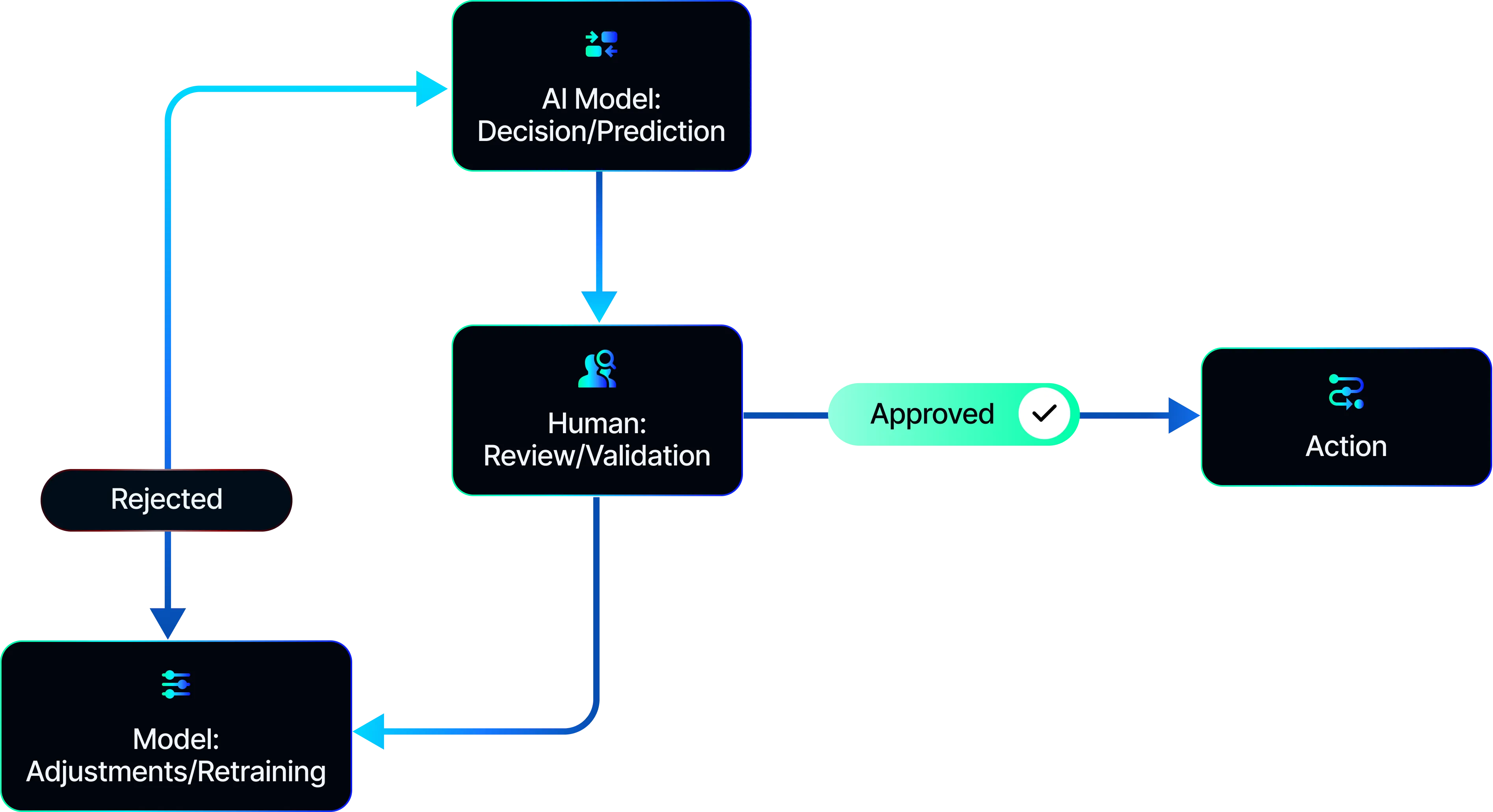Back to Blog
The AI Implementation Checklist: A Guide to a Seamless AI Integration
Launching an AI project can feel like a daunting task.

Launching an AI project can feel like a daunting task. The technology is complex, the data requirements are demanding, and the potential for a failed implementation is a real concern for many business leaders. But with a clear, step-by-step plan, a seamless and successful AI integration is not only possible—it's achievable.
A well-planned AI project goes beyond simply purchasing a new software tool. It involves a strategic alignment of business goals, data readiness, technical infrastructure, and, most importantly, the people who will be using the new system. Rushing into a project without a proper roadmap can lead to costly mistakes, from inaccurate insights due to poor data quality to low user adoption because the solution doesn't meet their needs.
This article provides a practical checklist to guide you through every phase of the AI implementation journey. From initial planning to post-launch maintenance, this roadmap will help you avoid common pitfalls and ensure that your investment in AI delivers on its promise of efficiency, innovation, and growth.
Beyond the Hype: Setting Realistic AI Expectations
Before diving into technical details, it's crucial to establish clear, realistic expectations for what AI can achieve within your organization. AI is a powerful tool, but it's not a magic bullet. Successful implementation starts with identifying specific business problems that AI can genuinely solve, rather than deploying AI for its own sake.
This involves understanding your current pain points, assessing the potential impact of AI solutions, and defining measurable KPIs (Key Performance Indicators) for success. Without this foundational clarity, even the most advanced AI system can fail to deliver real value.
Phase 1: Strategic Planning & Foundation
This initial phase sets the stage for your entire AI project.
- Define Clear Objectives: What specific business problem are you trying to solve? How will AI contribute to your strategic goals (e.g., reduce costs, increase revenue, improve customer satisfaction)?
- Identify Stakeholders: Engage all relevant departments—IT, operations, legal, marketing, and leadership—from the outset to ensure buy-in and address concerns.
- Assess Readiness: Evaluate your existing infrastructure, data availability, and organizational culture. Do you have the necessary technical skills internally, or will you need external expertise?
- Budget & Resources: Allocate a realistic budget for technology, personnel, training, and ongoing maintenance.
Phase 2: Data Preparation & Model Development
The success of any AI model hinges on the quality and relevance of your data.
- Data Collection & Acquisition: Identify all necessary data sources. This might include internal databases, external APIs, or third-party datasets.
- Data Cleaning & Preprocessing: This is often the most time-consuming but critical step. Ensure data is accurate, consistent, and free from biases.
- Feature Engineering: Transform raw data into features that the AI model can effectively learn from.
- Model Selection & Training: Choose the appropriate AI/ML model for your specific problem. Train, test, and validate the model rigorously to ensure accuracy and robustness.

Phase 3: Deployment & Integration
This is where your AI model goes from a prototype to a production system.
- Technical Integration: Seamlessly integrate the AI solution into your existing IT infrastructure and workflows.
- Security & Compliance: Ensure the system meets all data privacy regulations (e.g., GDPR, CCPA) and cybersecurity standards.
- User Training & Adoption: Provide comprehensive training for all users who will interact with or rely on the AI system. Address concerns and highlight benefits to encourage adoption.
- Pilot Testing: Before full-scale deployment, run a pilot program with a smaller group to identify and resolve any unforeseen issues in a controlled environment.
Phase 4: Monitoring, Maintenance & Scalability
AI systems are not "set it and forget it." Ongoing attention is crucial.
- Performance Monitoring: Continuously track the model's performance against your defined KPIs. Look for "model drift" where accuracy degrades over time due to changing data patterns.
- Regular Updates & Retraining: Periodically retrain your models with fresh data to maintain accuracy and adapt to new trends.
- Security Audits: Conduct regular security reviews to protect against vulnerabilities.
- Scalability Planning: Design your AI infrastructure to scale with your business needs, ensuring it can handle increased data volumes and user loads.
Conclusion: Your Blueprint for AI Success
Implementing AI successfully is a journey that requires meticulous planning, a robust understanding of your data, and a commitment to continuous improvement. By following this comprehensive checklist, businesses can navigate the complexities of AI integration with confidence. This systematic approach not only minimizes risks but also maximizes the potential for AI to drive significant efficiency, foster innovation, and create lasting value for your organization.
In this article




